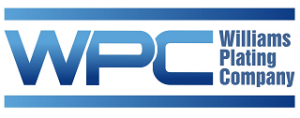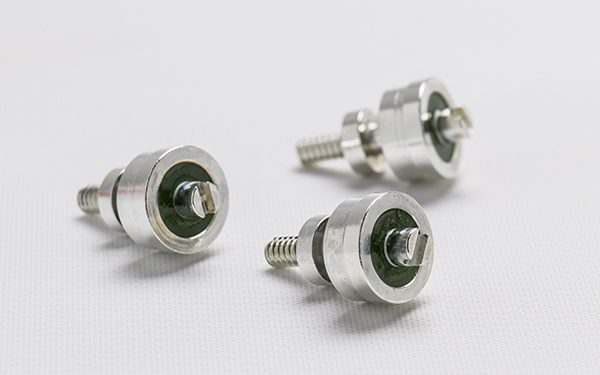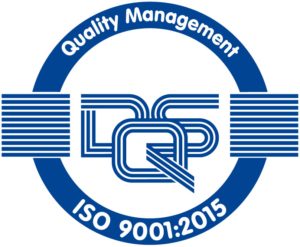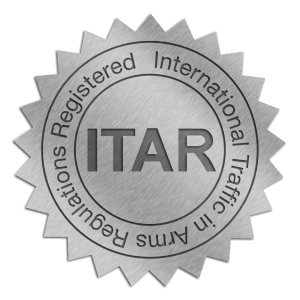Tin Plating
WPC offers tin plating in either dull/matte or bright finishes for functional engineering and industrial applications specializing in electrical relay component and contact industries. Electroplated tin is best used to protect against corrosion, facilitate soldering, provide a low contact resistance surface, and bright tin has anti-galling properties. WPC can utilize other plated metals such as nickel or copper as an undercoat for tin to assist with adhesion and electrical properties.
WPC offers dull or bright tin on any component parts or final assemblies, but specializes in highly critical and delicate materials such as metalized ceramic components and beryllium copper.
WPC sources only Conflict Free tin from smelters certified by the Responsible Minerals Initiative (RMI). Our completed Conflict Minerals Reporting Template and any additional quality information can be found on our Quality Controls page, or can be directly downloaded here. Our tin is RoHS compliant.
When considering tin plating for your product, please determine and convey:
- Classification and Surface Appearance Type for ASTM B545-13
- If RoHS compliance is required
- Is tin whisker growth a possible concern? Has tin/lead alloy plating been considered as a replacement to avoid whiskers? WPC has tin/lead alloy plating available.
- Type and nature of the substrate base metal (i.e., high strength steel will tell us that it is susceptible to hydrogen embrittlement and may require post-plate baking)
- Plating thickness range and possibly where is the most important surface location of desired thickness
- Significant surfaces
- Required undercoats or strike layers
- Any specific testing required to the plated deposit
- Please convey if the part must be rack or barrel plated if you have already determined this
Specifications for tin plating:
- MIL-T-10727 (Type 1)
- AMS 2408
- ASTM B545-13 (Matte or Bright)
WPC does not offer hot dip, reflow, or flow-brightened tin deposit




